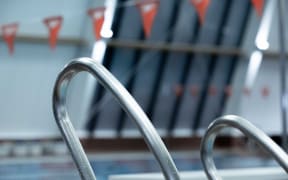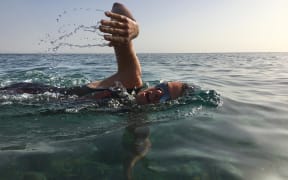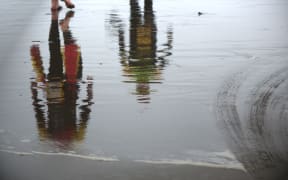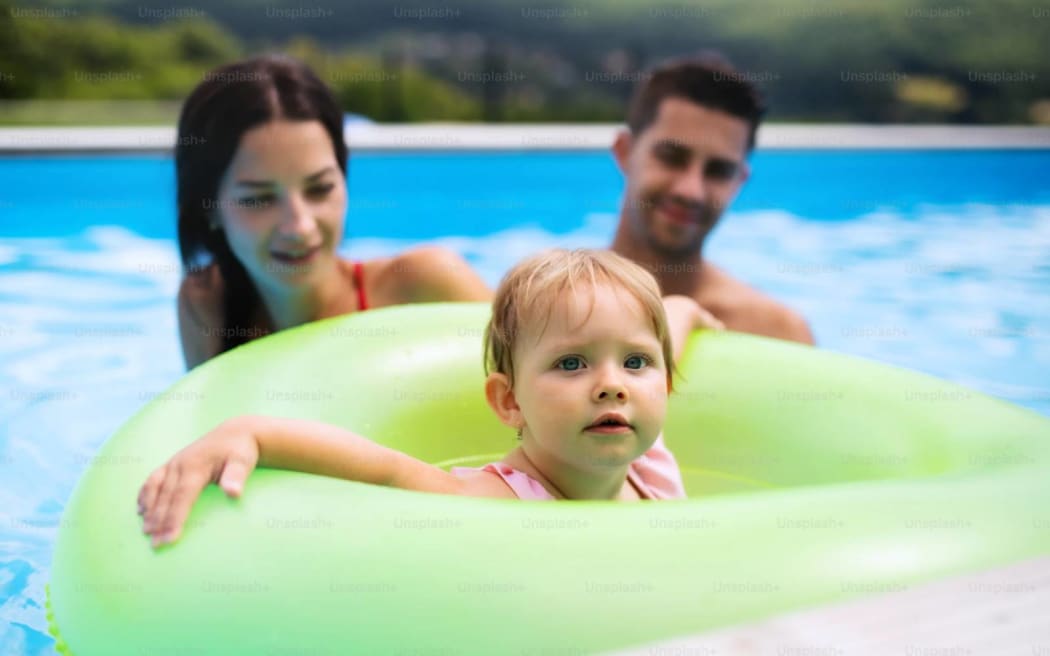
Photo: Unsplash
Explainer - If you are a new parent on social media you have likely seen videos of babies learning to swim. Or, at least, that is what the clips - of tiny tots being dunked and rolled - purport to show.
Articles on infant swim time list benefits from reducing the risk of drowning to improving physical and mental development.
On the flipside, lessons can be expensive - upwards of $100 a term. And then there is the hassle of getting in and out of a pool with a small, slippery child; a process that often takes longer than the 25-minute class.
We know learning to swim, or at least basic water safety, can be life-saving for older children and adults. But does formal swimming instruction, at a very young age, have a protective role to play?
The motivation
Drowning is a leading cause of death in children globally and in Aotearoa New Zealand.
In New Zealand, on average, five children under the age of five die from a preventable drowning each year, according to Water Safety New Zealand. In 2023, eight preschoolers drowned.
Let's be clear: no one is saying swimming lessons will make a child drown-proof.
Most under-five drowning incidents are a result of inadequate supervision, Water Safety New Zealand chief executive Daniel Gerrard says. Baths, buckets, home pools, and other bodies of water on the property pose the biggest risk to babies and toddlers.
Gerrard says formal, paid lessons are not necessary for preschoolers. Instead, he encourages caregivers to be a child's "first teachers", promoting safety and fun in and around water.
Activities such as taking a young child to the beach and sitting with them as the water laps against their toes, or even just building water confidence in the bath, shower, or paddling pool, all help.
"If a child is comfortable in the water, learning to swim later is really easy."
The evidence
Until 2010, the American Academy of Paediatrics advised against swimming lessons for children younger than four, concerned lessons would lull parents into a false sense of security. Now, it says children as young as one can benefit.
It changed its position after research in the United States found formal lessons can reduce the risk of drowning for children aged one to four by 88 percent. Many swim schools in New Zealand still quote this statistic as a reason to sign up.
The study matched children who drowned with controls, and found early swimming lessons were associated with a lower risk of drowning.
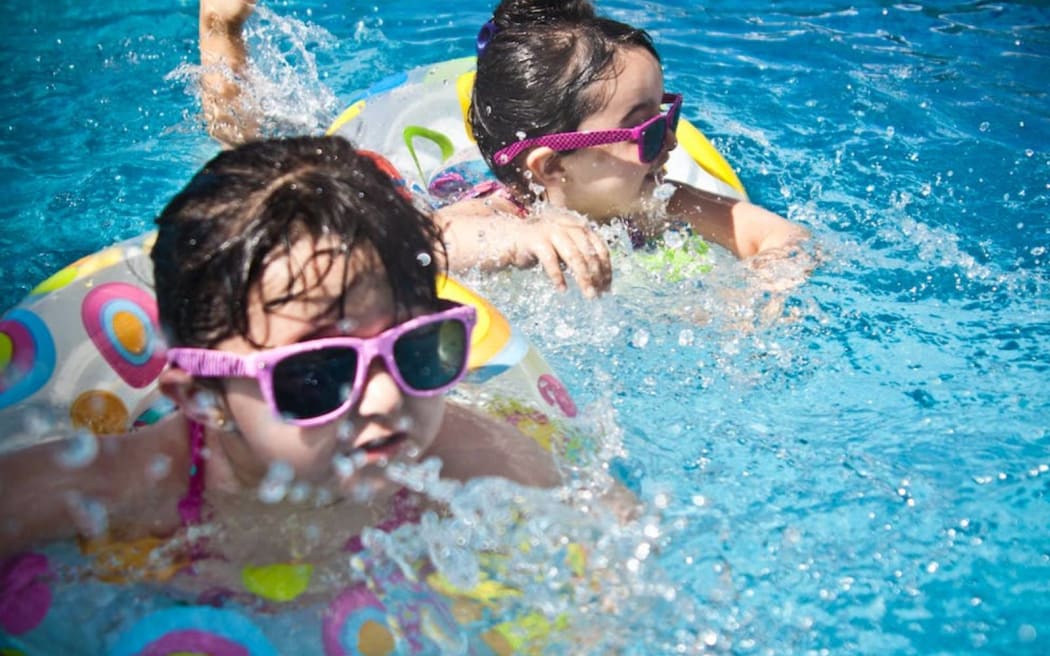
Children learning to swim. Photo: Pexels
However, the authors added: "In the one- to four-year age group, lessons are likely to offer some protection, although the imprecision of estimates in both studies makes it difficult to draw conclusions about the true size of any effect."
And the study didn't provide information about the mechanism through which swimming lessons have an effect.
Recent research
Studies have shown children aged between two and four years can learn survival skills like floating and moving through the water.
For children younger than that, there is insufficient evidence to say swimming lessons are effective at reducing the risk of drowning, says Professor Chris Button at Otago University's School of Physical Education, Sport and Exercise Sciences. But there are other benefits.
In 2023, Button and colleagues published a review investigating the possible effects of exposing babies younger than three years to "formal aquatic activities". (No studies on the exposure of infants to open water or other natural environments, such as oceans, rivers and lakes, were found.)
The authors found positive effects on infants' motor development, wellbeing and health. Although it was difficult to untangle whether these benefits were due to swimming programmes specifically, rather than to "any kind of extra stimulation".
Later that year, a collaboration between researchers at Otago, including Button, and the University of Lisbon, led by Dr Carolina Burnay, followed up on earlier research suggesting infants can perceive the risk of falling over sudden drops.
"We wanted to find out if children avoid sudden drop-offs - cliffs - into deep water and also to what extent less obvious drop-offs - slopes - deter risky behaviour," Button explains.
The team filmed 178 babies aged under two from Portugal and New Zealand as they played close to a water "cliff" or "slope".
Most (70 percent) avoided falling over the cliff. But less than half (38 percent) avoided falling into the water via the slope.
"Interestingly, those infants who had completed at least 10 baby swimming lessons were less likely to fall off the water cliff [90 percent avoided doing this] but more likely to fall down the water slope [84 percent fell].
That means shallow slopes into water, like at some pools and beaches, represent particularly risky environments for babies.
"The effect of the type of access to water was more influential on behaviour than swimming lessons," Button adds.
A teacher's perspective
Swim Coaches and Teachers New Zealand president Daniel Fulton, also the owner of Fulton Swim School, has been teaching children to swim for nearly 20 years, with lessons starting from three months of age.
"There's no substitute for parental supervision. Of course, I still supervise my four-year-old son in and around water, but I know he's able to keep himself safe in a pool environment and he knows what to look out for at the beach."
Even lessons during infancy provide "building blocks" that will later help children learn to swim, Fulton says.
"It's all about familiarisation and repetition. Teaching them cues to hold their breath before going under, so they're not gulping water, for example."
As children get older and pick up other extracurricular activities, Fulton encourages parents to continue to prioritise swimming.
"At the end of the day, rugby, cricket, netball... those activities won't save your child's life. But swimming lessons might."
The takeaway
When it comes to infant swimming lessons, the literature supports some general health and social benefits. But it is not until about two that children develop an ability to reorient themselves in water and control their breathing appropriately, Button says.
Before then, experts agree the focus should be on safe enjoyment of water activities, whether at a public pool, the beach, or a flexi tub at home.
Regardless, the best way to keep young children safe in and around water is to provide constant supervision and to ensure there are appropriate barriers around pools, lakes or even baths.

